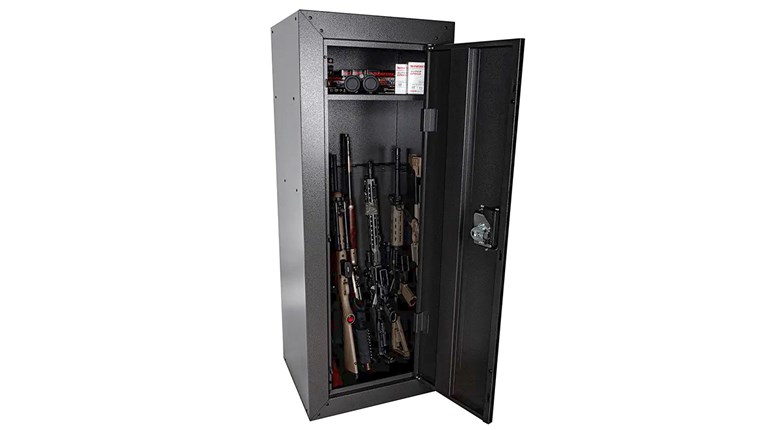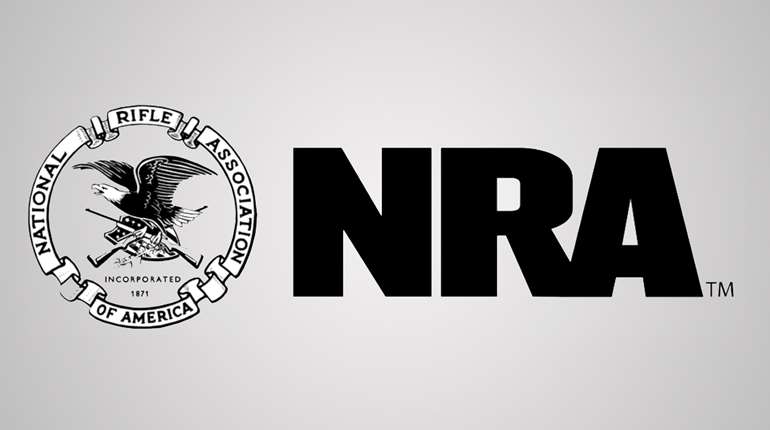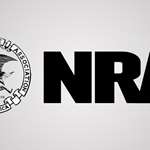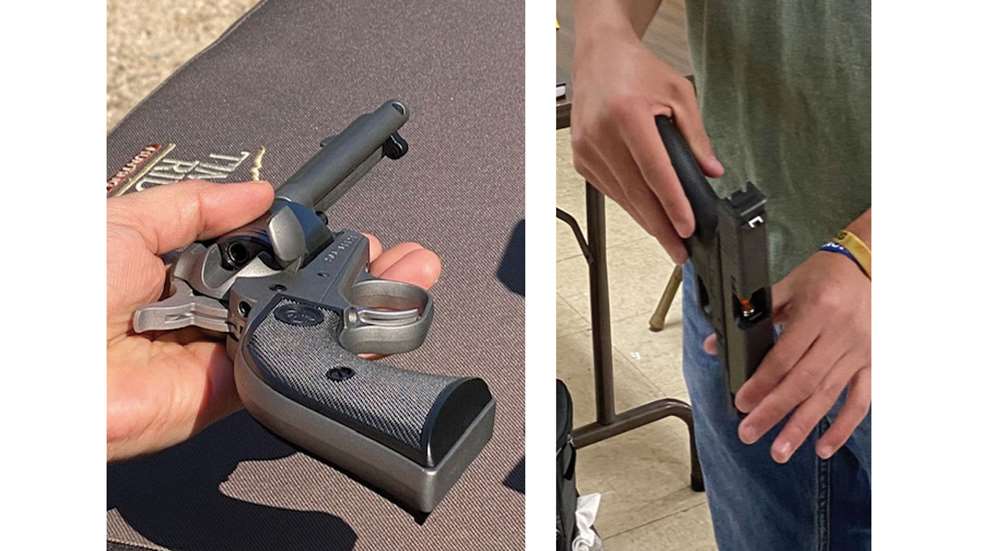
At regular intervals, every serious firearms instructor should pause to review his or her safety procedures. As NRA Instructors we stress in every class the “Always, Always, Always” rules. These NRA Rules of Gun Safety are:
- ALWAYS Keep the Gun Pointed in a Safe Direction
- ALWAYS Keep Your Finger Off the Trigger Until Ready to Shoot
- ALWAYS Keep the Gun Unloaded Until Ready to Use
All NRA Basic Firearms Shooting Courses introduce students to the knowledge, skills and attitude necessary for owning and using a firearm safely. Throughout these courses, the students will learn about firearm parts and operation, ammunition, gun safety, shooting fundamentals, and firearms cleaning and maintenance. In order to uphold the NRA’s adherence to safety, and to maintain standardization among all NRA courses, Instructors must adhere to the following guidelines when conducting the NRA Basic Firearms Courses.
We all must follow certain NRA policies. The No. 1 policy is that no live ammunition is allowed in the classroom. Ever. In a training environment where handling and dry firing is necessary, it is imperative that no loaded firearms are present. If ammunition is not in the room, it cannot possibly get into a firearm! This protects instructors from potential liability and protects the students as well. Only dummy ammunition that is visually distinct from live ammunition is allowed in the classroom. Live ammunition may only be present on the range during live-fire exercises.
Additionally, for all NRA Basic and Instructor Firearms classes, a one-to-one student-to-instructor ratio on the firing line is always encouraged. It is also recommended that a Range Safety Officer oversee the safety of the entire firing line to ensure safety.
I have been an NRA Instructor for many years and have conducted hundreds of firearms safety classes. After every class I mentally conduct a debriefing of the class. The first thing I review in my mind is if there were any safety issues that I need to address for future classes. As a result, I implement additional safety rules in my classes.
In my self-assessment of my class, I have identified two categories that might result in additional safety rules. These categories are (1) those to which students must adhere and (2) those that I must follow. I continually stress safety as the most important part of the classes I teach.
The first category involves my students. I do not have idle time in my classes. This includes while on the range. Per the NRA, if I have multiple students in the class and I am teaching alone, I only have one shooter on the firing line at a time and provide one-on-one instruction to each student. What I have observed in past classes was that some students became disengaged as they were waiting for their turn to shoot. Now, I have the students who are waiting their turn act as Range Safety Officers (RSO). I explain ahead of time what safety violations they should look for and suggestions for them to keep the range safe. This serves two purposes: It adds additional eyes on the range for safety and it keeps my students engaged.
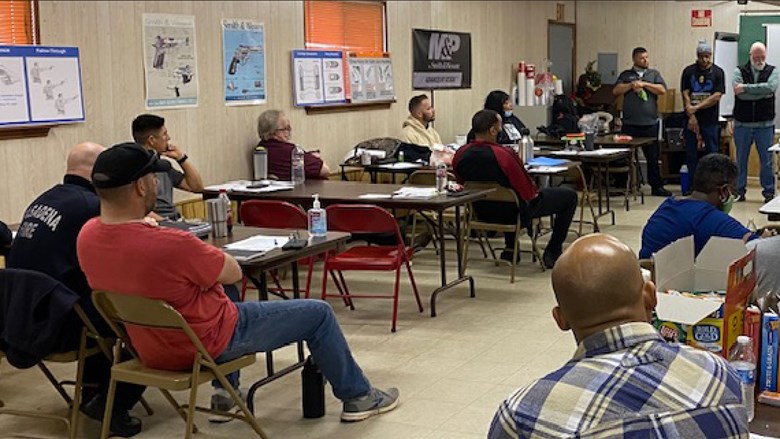
The second category are the rules that I have implemented. Students often bring firearms they wish to shoot on the range. They usually do not like leaving their firearm in their vehicle during class time and ask to bring their unloaded firearms into the classroom with them. First, I visually inspect any firearm that is brought into my classroom, outside my classroom. I not only inspect the firearm but also any shooting bag or case for any loose rounds. I am amazed at how many live rounds I have found in bags, cases, and in some instances, the chamber of a pistol. I have prevented many rounds of ammunition from entering my classroom by checking firearms at the door, outside the classroom.
The next rule that I implement is that the training firearms used in my class are NEVER used to shoot live rounds. That prevents me from accidently leaving a live round in my classroom training guns. I have purchased firearms as training guns only, never to be shot. I have a range bag purchased from the NRA Store. This bag and the guns inside of it are NEVER taken to the range.
The third rule that I have implemented concerns the firearms that we clean in class for the NRA Basic and Instructor Classes. The firearms that we clean are the ones that we just shot at the range. I have every student check the firearms outside the classroom before any firearm enters the classroom. This serves two purposes. First it verifies and re-verifies multiple times that the firearm is safe. Second, it is a practical exercise that teaches the students how to ensure that a firearm is safe.
Anytime I handle an unloaded firearm in the classroom for training purposes, I make sure the action is open, keeping the gun pointed in a safe direction and keeping my finger off the trigger. I announce “safe and clear” showing the open action and empty chamber to the class. I then walk around my class, keeping the gun pointed in a safe direction, and have each student visually inspect the firearm I am handling. Each student must announce “safe and clear” until all students have verified my unloaded firearm I am about to use in training. This exercise emphasizes the importance of firearm safety and the repetition of continually checking firearms to ensure they are safe and clear anytime we are handling them off of the range.
There are two major causes of firearm accidents: ignorance and carelessness.
Ignorance is a lack of knowledge. Ignorance of the rules of safe gun handling and ignorance of the proper and safe way to operate a firearm. Always remember the NRA 3 Rules of Safe Gun Handling:
- ALWAYS keep the gun pointed in a safe direction
- ALWAYS keep your finger off the trigger until ready to shoot
- ALWAYS keep the gun unloaded until ready to use
Carelessness is a poor or improper attitude. Carelessness is a failure to apply the 3 Rules of Safe Gun Handling, and failing to observe proper procedures for safely operating a firearm.
As an NRA Firearms Instructor, you are responsible for the safety of everyone in your class. This means if there is an accident, especially an accident with a firearm, you are responsible. The consequences of having an accident in your class can be far reaching. First, you could be held criminally and civilly responsible depending on the laws in your jurisdiction. Second, your NRA certifications could be in jeopardy, depending on the circumstances. Finally, there could be severe and unrepairable damage to your reputation as an NRA Firearms Instructor. Any of these consequences could bring an end to your career as a firearms instructor.













